Voodoo And Magic Practices: The book which inspired McLaren and Westwood’s Witches collection
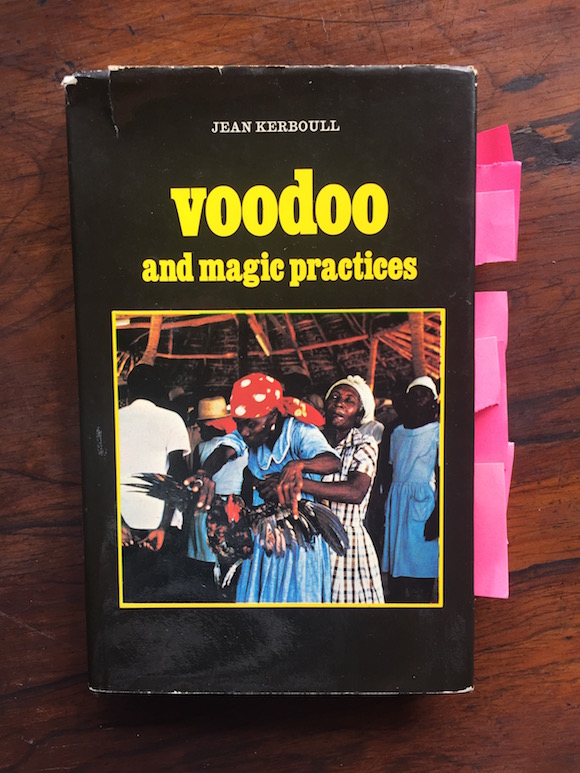
//Voodoo and Magic Practices, Jean Kerboull, Barrie and Jenkins, 1978. Translated from the French by John Shaw//
This is the book which inspired the late Malcolm McLaren to unite the design ideas he developed with Vivienne Westwood for their Autumn/Winter 1983 fashion collection Witches.
At the time McLaren was completing his album Duck Rock, which was conceived as an ethnological travelogue and modelled on the LP series Dances Of the World’s Peoples released on the ethnographic Folkways label; in fact, Duck Rock was originally titled Folk Dances Of The World and the incorporation of an illustrated insert containing track-by-track explanations was taken from the one which appeared in the 1958 albums.
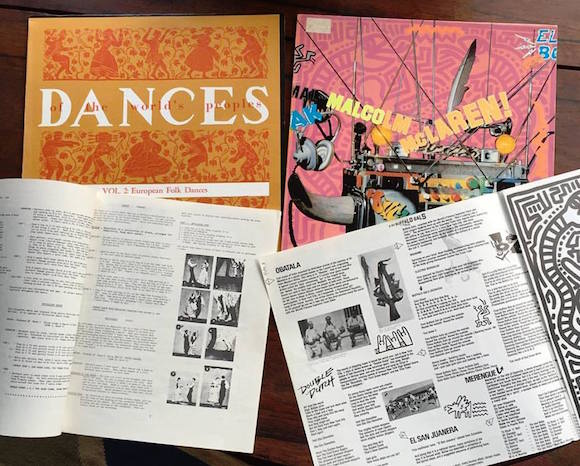
During preparations for both album and collection McLaren talked through with Westwood the ideas buzzing around his head – principal among them was the notion that authenticity and magic existed only in ethnic, pre-Christian, pre-industrial cultures.
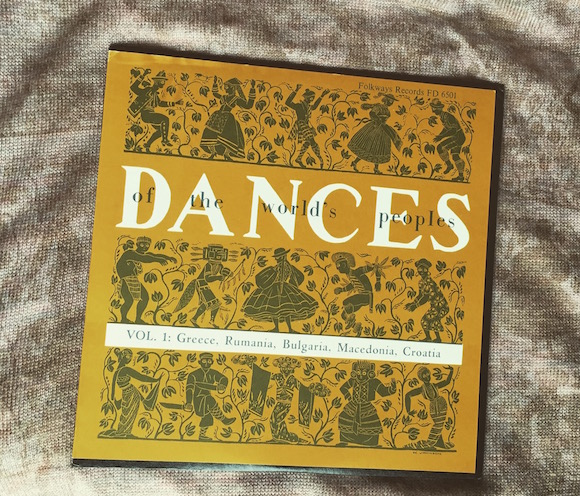
//Dances Of The World’s Peoples Vol 1 with a Nostalgia Of Mud wool toga dress featuring a print of the figures from the album cover. Photo: www.paulgormanis.com. No reproduction without permission//
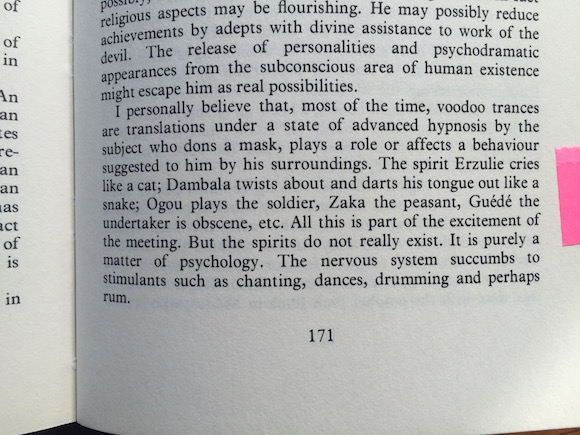
//Kerboull discusses the characters adopted by those in trances//
He also gave Westwood a copy of Dances Of The World Peoples with the brief to come up with designs for “a disco on Hadrian’s Wall where all the kids would be folk dancing”.
As was usual in their partnership, the designs produced by Westwood were subject to McLaren’s fierce critique, not least because they lacked a unifying concept. In a reference to the person who shouts out the moves in a square dance, he told Westwood “to listen to the caller and stop all this water-treading and voyeurism”.
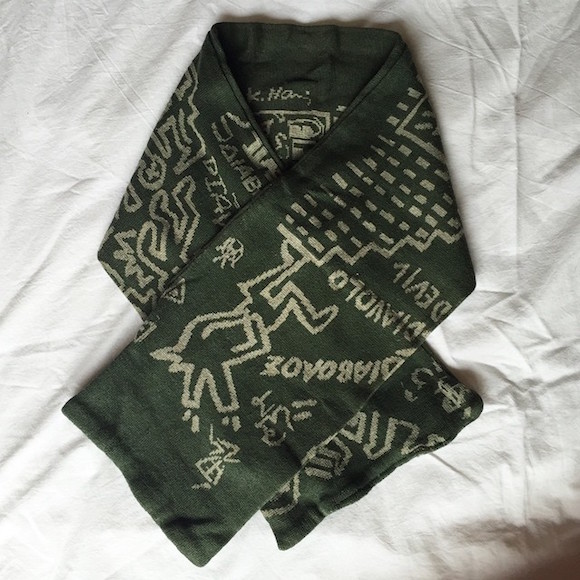
//McLaren’s own Diavolo scarf which includes multiple representations of the devil’s name and a dog-headed figure. Photo: www.paulgormanis.com. No reproduction without permission//

//Kerboull on an “ambiguous painting” which incorporated a dog-headed figure//
McLaren told me in 2008 that he felt the designs “not only needed graphics and representation but also a big idea. That’s where the voodoo book came in”. Voodoo And Magic Practices was billed as “an incomparable voyage into the world of magic and sorcery”; this notion of a journey of discovery into paganism dovetailed perfectly with the intentions behind Duck Rock.
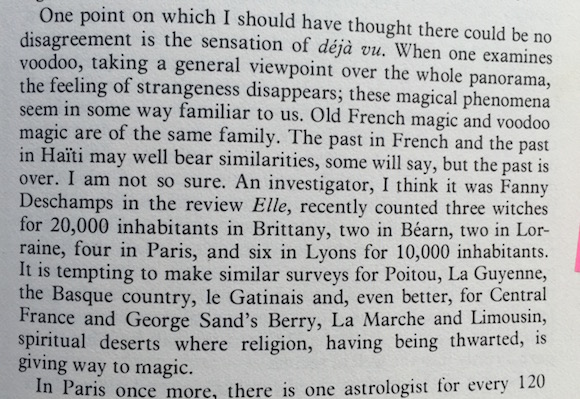
//Kerboull on the existence of witches in contemporary society//
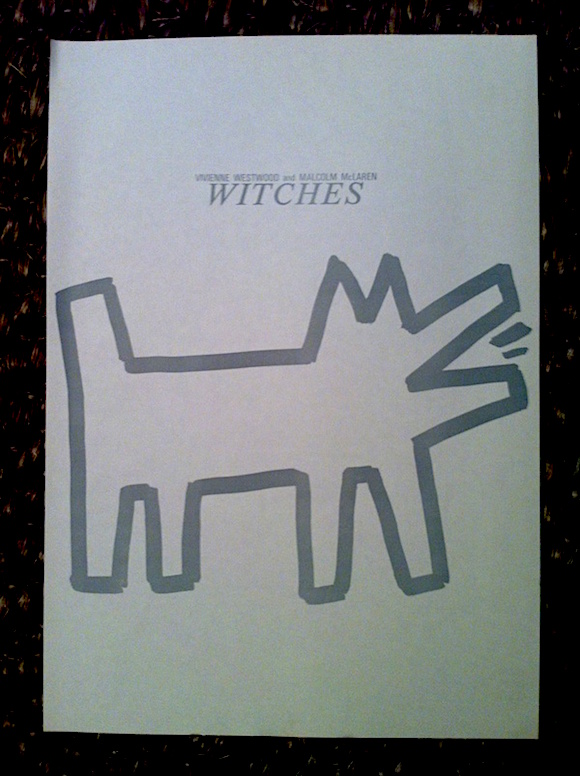
//Haring illustrated showcard for Witches, March 1983//
Jean Kerboull was a missionary priest in Haiti; his book is filled with references to those who practice witchcraft, as well as to zombies, medicine men, dog-headed people and the devil, all of whom are characterised in the graphics commissioned by McLaren and his art director Nick Egan for both Witches and Duck Rock from the late artist Keith Haring.
Haring was also given free rein to riff on the various figures from the front of Dances Of The World’s Peoples such as the Griot and the Zombie.
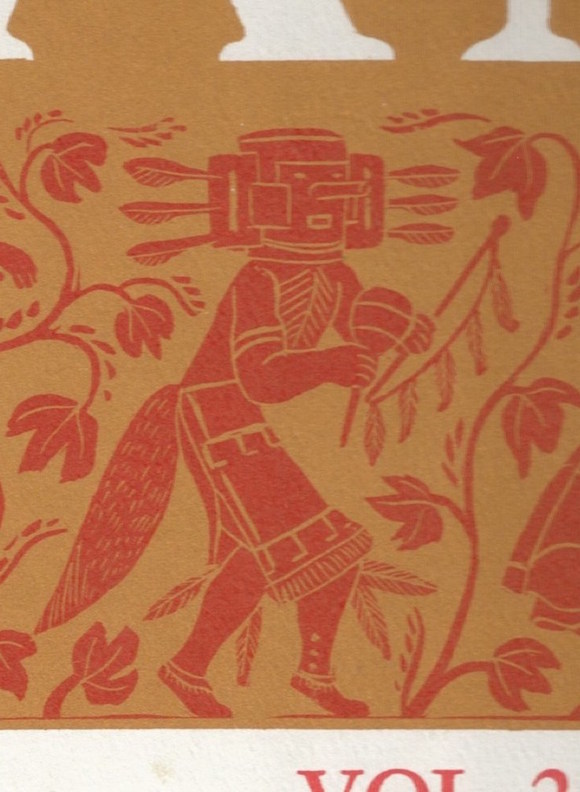
//Medicine Man on the Dances Of the World’s Peoples cover//
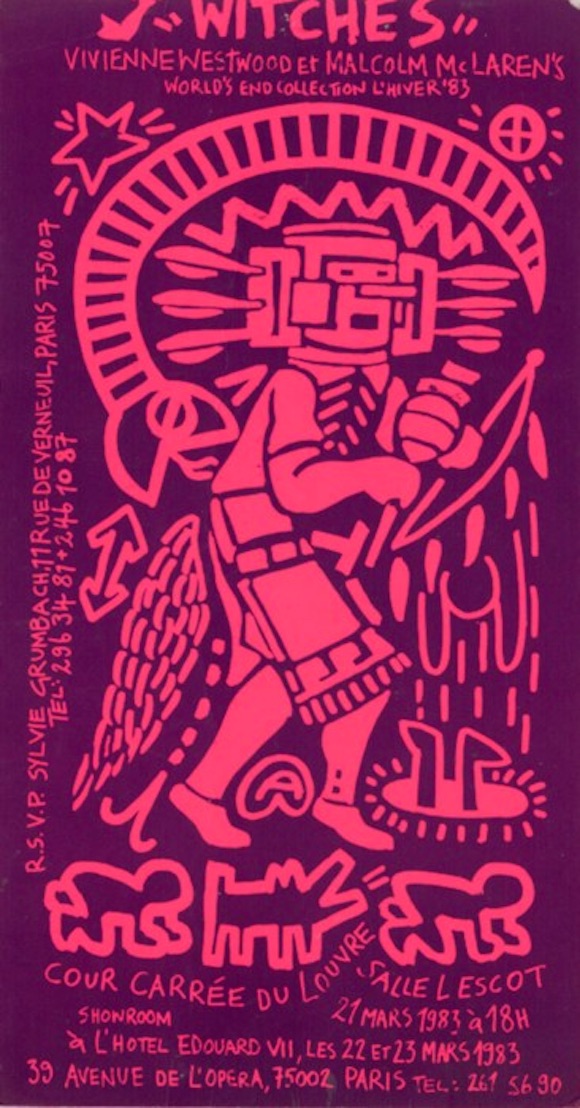
//Adapted and embellished for the invitation for the Witches show in Paris//
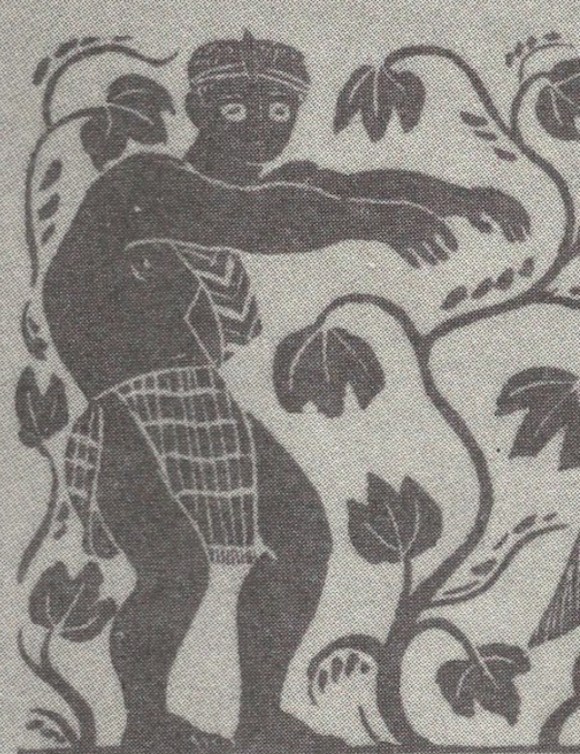
//Zombie on the cover of the DOTWP insert//
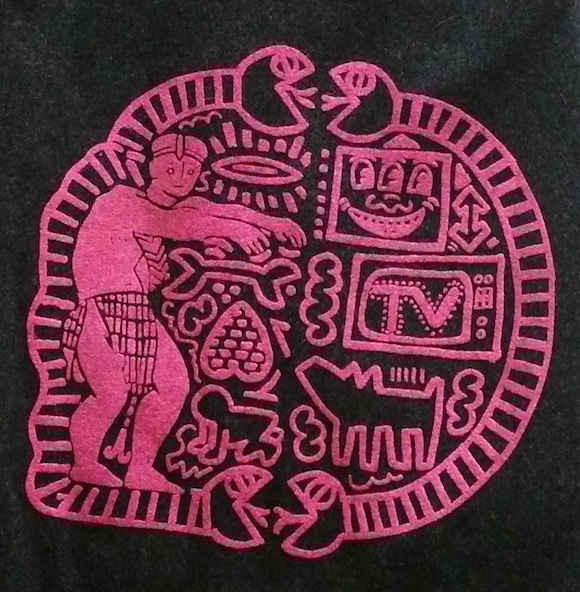
//As an element in a Witches motif; this is from a grey wool pinafore dress. Photo: www.paulgormanis.com. Strictly no reproduction without permission//
There is also a section in Kerboull’s book on the devil-god Legba; this gave its name to the instrumental track which kicks off side two of Duck Rock, which was released just a few weeks before Witches was unveiled.
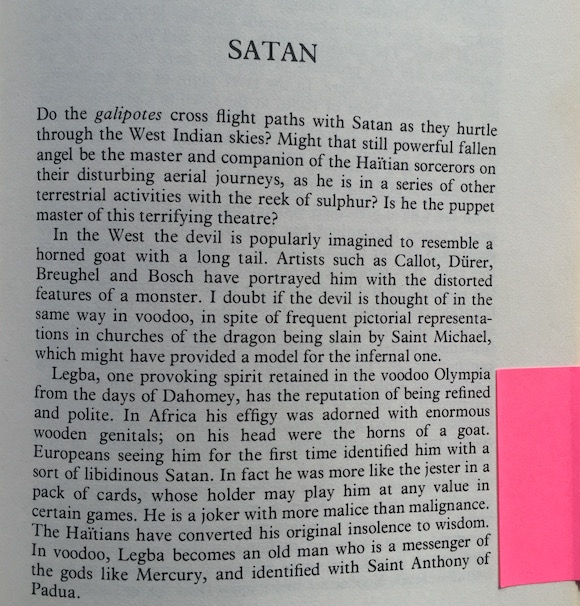
//Kerboull dedicates a chapter to Satan and his many guises//

//From the Duck Rock insert//
And so, once again, through diligent research and the inspired juxtaposition and collation of surprising elements, McLaren applied artistic practice to realise yet another chapter in his lifelong obsession with the look of music and the sound of fashion.
